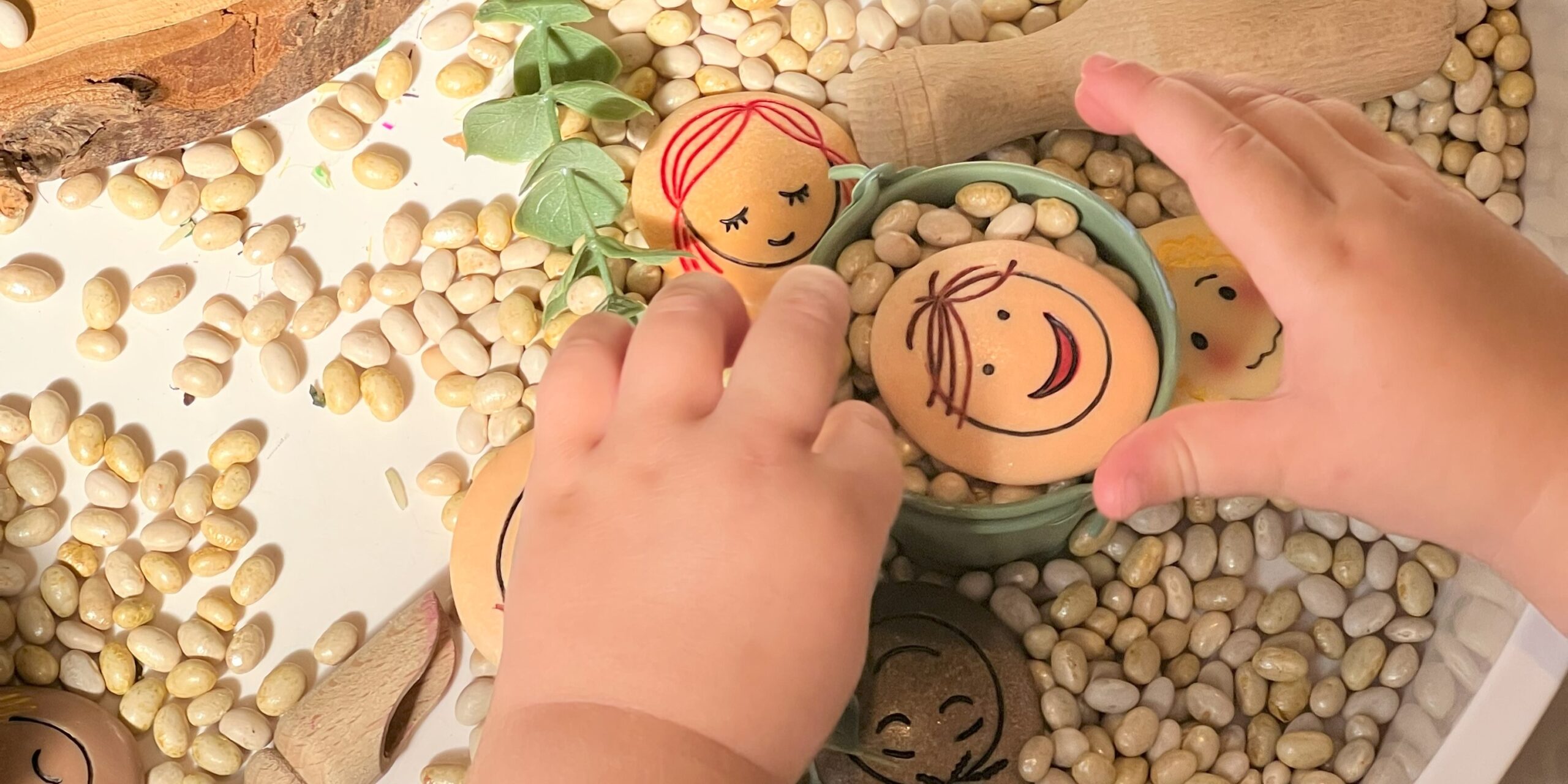Self-regulation is the means by which we control our responses to a situation. It involves understanding our emotions and developing strategies to manage them. It also incorporates being able to think a problem through and plan how to approach it.
Some children find it easier than others to self-regulate, but all will need support as they develop this skill. Co-regulation incorporates the ways in which nurturing adults model how to cope in situations, helping children to manage their own emotional and behavioural responses. Co-regulation is a vital part of helping children to self-regulate.

People who are able to self-regulate well do not turn off their emotions; they acknowledge them and use this self-awareness to help them to think through potential strategies for what to do next. For example, when they experience anger, worry, boredom or similar feelings, they are able to think of a plan for how to move on rather than remaining in the grip of the emotion.
Why is self-regulation so important?
Self-regulation is a tool for life. Studies show consistently that children with well-developed self-regulatory skills are successful learners who are able to persist and adapt when facing new challenges. If children are to begin to develop self-regulatory skills in their early years, they need to experience challenges that they can try to overcome. This does not mean you just leave them to it, however. Instead, it means providing children with opportunities for such growth, trusting them to make their own decisions, and supporting them to do so.
Children can only learn self-regulation by being accompanied by a nurturing adult, who is a good self-regulator. It is such a safe relationship that supports effective co-regulation. Helping children to learn ways of managing their feelings and thoughts will have an impact a generation later when they are caring for children.

What form of learning does self-regulation support?
Self-regulation is a metacognitive skill. This means that it is important across all areas of learning. We often think of self-regulation as supporting healthy emotional and social development, and this is certainly a critical aspect of it. However, it has broader relevance too.
When children are good at stepping back and thinking about situations, they are better equipped to take on new learning challenges, employing a confident, positive can-do attitude. For example, they might feel overwhelmed or stumped by a problem, but if they are able to reflect and recall a time when they overcame similar feelings, this can give them an important sense of perspective and control.
Equally, children can face new situations calmly if they have learned how to call to mind the strategies they have available to them, and to select the most appropriate one for the circumstances. You can see children doing this when the toys or resources that they want are not available and they have to think creatively about how to use alternative materials.

How can I help?
Co-regulation is like a musical duet, with both child and adult having a different part to play. Initially, the adult will need to do the majority of the work – getting to know and understand the child and building trust. At this stage it is useful to vocalise your observations: ‘I see that you’re really enjoying playing with the blocks’, ‘You look a bit unsure today’, ‘I can tell that you’re excited about exploring the garden.’ This demonstrates that you are noticing the child, care about their feelings, and, importantly, helps to equip them with a broad emotional vocabulary. This can be really useful when children are trying to manage strong emotions. Being able to name or describe their emotions can help a child express themselves or communicate their needs before they become overwhelmed.
The next step is to build on this relationship in order to help the child to manage new or challenging situations. You might say something like, ‘I can see you are desperate to have a turn with that, but someone else is using it at the moment and it’s making you frustrated.’ You are acknowledging that the child’s feelings are OK and that their emotions are valid. This gives you a starting point from which to move forward. Next you might outline different possibilities, and support the child in deciding what to do: ‘As she is using that, and you would like a turn, we can ask her to pass you it when she’s finished, or we could do something different for now.’
Coming up with a strategy can help to take the heat out of a situation and refocus the child emotionally. Gradually, you will be able to leave more of the narration, planning and decision making to the child. As a general rule, the more intense the experience is for the child, the more help and support they will need. Self-regulation is much easier to practise in low-stake situations.
The people who know the children best – that is to say, you and your colleagues! – will know the right balance of support and independence that a child will need at any particular moment, so trust your instincts while you keep your expectations of every child high. And good luck as you help them on their journey of self-regulation – it is one of the most beneficial things we can do for our young learners.

Written by Nicola Wallis, a teacher specialising in early years, and a Museum Educator at the Fitzwilliam Museum in Cambridge. You can read more about her work here:
Take a look at our Self-Regulation Stones


